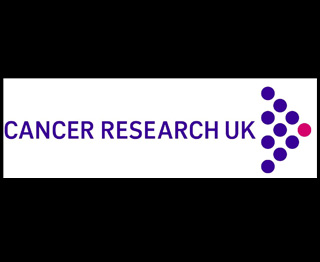
The main risk factors of oral cancer are supposedly tobacco and alcohol and the disease is largely a preventable one. Cancers caused by smoking were observed to have taken up to 30 years to develop. Hence experts reveal that tobacco could have less chances of being the main reason behind this increase in oral cancer in people in their 40s as compared with older people.
Additionally researchers explain smoking rates have gone down and alcohol consumption has gone up. Hence the increase in oral cancer rates could mainly a result of drinking. The experts believe that diet low in fruit and vegetables and a sexually transmitted infection called the human papillomavirus (HPV) appear to be the other risk factors that may have led to a rise of the cancer in this age group.
While oral cancer rates in the UK for men in their 40s seem to have gone up by 28 percent since the mid 1990s, rates for women in their 40s have elevated by approximately 24 percent in the same period. Oral cancer rates seemed to have gone up by more than 45 percent since records began in 1975 for both men and women of all ages.
Hazel Nunn, health information manager at Cancer Research UK, commented, “These latest figures are really alarming. Around three quarters of oral cancers are thought to be caused by smoking and drinking alcohol. Tobacco is, by far, the main risk factor for oral cancer, so it’s important that we keep encouraging people to give up and think about new ways to stop people taking it up in the first place. But for people in their 40s, it seems that other factors are also contributing to this jump in oral cancer rates. Alcohol consumption has doubled since the 1950s and the trend we are now seeing is likely to be linked to Britain’s continually rising drinking levels. It’s possible that HPV and diet are also playing a role, and the evidence – particularly for the role of HPV – is growing.”
She added, “The good news is that oral cancer can be treated successfully if it’s caught early enough. It’s important that people go to the dentist regularly and report any symptoms to their GP or dentist without delay.”
Around 5,000 people are apparently diagnosed with oral cancer and around 1,800 people die from the disease in the UK. Nearly a third of oral cancers appear to have been diagnosed in the mouth and a slightly lower proportion on the tongue.
Ulcers, sores, red or white patches in the mouth that last longer than three weeks and unexplained pain in the mouth or ear are the most common indications of oral cancer. Besides, a lump in the neck, a persistent sore throat or difficulty swallowing is the less common signs.
